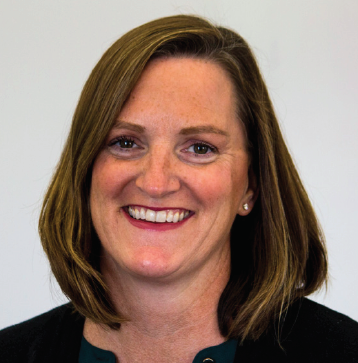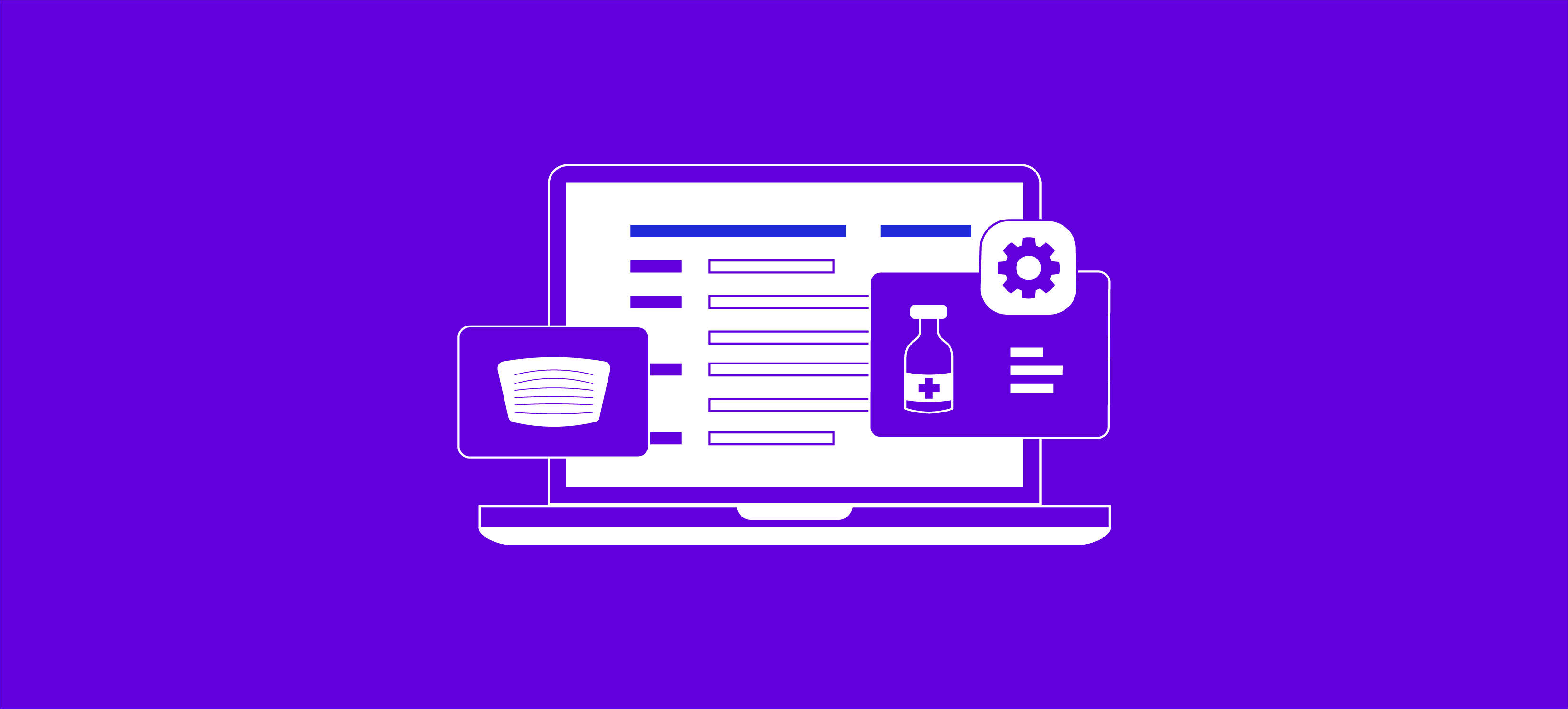What is Alarm Fatigue for Nurses?


In healthcare, we talk about the dangers of “alarm fatigue” and its consequences: It presents a threat to patients when an alarm is overlooked, and unrelenting alarms and alerts exact a toll on clinicians.
Not unlike the boy who cried wolf, as Nadine Salmon wrote on rn.com, “…the constant drone of beeps and buzzes, not to mention false alarms in between, can leave today’s healthcare provider desensitized and in danger of missing the next alarm.”
She’s right. I’ve been there.
All clinicians struggle with alarm fatigue, but in this article, I address it from a nurse’s perspective. I've worked with alarms and alerts within acute settings as a caregiver—and as part of a team that comes in to provide solutions to reduce the number of alarms and alerts directed at clinicians.
What is alarm fatigue?
According to the American Association of Critical Care Nurses (AACN) “…alarm fatigue is a sensory overload that occurs when clinicians are exposed to an excessive number of alarms, which can result in desensitization” to alarm sounds—as well as an increased rate of missed alarms.
We call those "clinical alarm hazards," and what we’re describing is anything that can keep a nurse from responding to an alarm or taking appropriate action in a timely fashion. However, according to the ECRI Alarm Safety Handbook, “the issue of alarm hazards extends well beyond alarm fatigue. Preventing alarm-related adverse events requires scrutiny of all aspects of how alarms are initiated, how they are communicated, and how staff responds.”
It’s important to note that in healthcare, there are differences between alarms and alerts, and therefore two issues are at play: alarm fatigue and alert fatigue. While alarms can become alerts, not all alarms do become alerts. Nor should they. Let’s take a closer look at the differences between the two.
The difference between alarms and alerts
Alarms
Within the clinical space, an alarm is an actual notification (e.g., sound) coming out of its originating system—the bedside monitor, for example. According to Brian McAlpine on HISTalk.com, “Alarms are typically derived from medical devices and often communicate an immediate life-threatening patient condition. Think a [ventricular fibrillation] or asystole alarm from a patient monitor.”
“Alarms are always more time-sensitive and a delay of a few seconds may matter to the safety of the patient,” he continued. “Another key characteristic of alarms is that they are almost always intended for nurses or respiratory therapists (i.e., non-physicians).” Alarms are regulated by the FDA from the alarm management middleware and the medical device side. Physicians don’t respond to alarms, nurses do. Alarms can be converted into alerts, but alarms are really in the physiologic space.
Physiologic alarms are an important modality in the care of critically ill patients. “Yet,” wrote Kathy Baker and James Rodger in ScienceDirect.com, “the many electronic devices used in patient care and the combination of alarms can cause sensory overload in caregivers. This sensory overload can lead to monitor fatigue, and caregivers may miss critical alarms, which can be fatal for patients.”
Alerts and various types of nurse calls
An alert is what is received (i.e., the data), where it is received, and who is receiving it at the alarm’s endpoint. In other words, alerts are what the alarm can be converted to at the endpoint of the system. That could be a central monitor at a nurses desk, remote monitors dispersed across a nursing unit, or mobilized to a device carried by a clinician. Physiologic monitors are one example of what sends an alert.
The nurse call system is one of the other biggest generators of alerts. Depending on how the health system has nurse calls set up, five or six types of notifications come through the nurse call system and require a clinician to address them. Let’s look at notification types more closely:
- There are regular calls where a patient pushes a button and says, “I need help.”
- There are ice and water calls. You may not have realized it, but there’s a button that can be configured on the nurse call pillow speaker that says,” I need ice or water.”
- There’s an “I’m in the bathroom, and I need help getting back to the bed call.” For those, an inpatient pulls a cord in the bathroom.
- There’s also a call for “the bed is locked, and I’m trying to get out of bed.” We call that one a bed exit—and it's a significantly important one because falls are tied to bad patient outcomes and longer lengths of stay.
- There are other calls related, for example, to the interoperability space between pumps. These notifications can happen with ventilators in the same space as the bedside monitors.
- A nurse or respiratory therapist may configure their patient ventilators to send alarms that are also audible and need to be addressed.
- There are also electronic medical record (EMR) alerts. Nurses can get an alert about a patient who has met the criteria for something—whether good or bad. For example, the patient may have met criteria for discharge—or the EMR may have used an algorithm to identify that the patient is potentially septic and needs evaluation. This might, in turn, require the nurse to activate another team.
Example alerts from monitoring devices
Let's take a look at the bedside monitor, which tracks a patient’s respiratory rate, blood pressure, pulse oximetry, and heart rate. At the beginning of every shift, nurses must validate that the orders in the EMR are reflected in the monitor. If the order says to keep the patient’s heart rate between 60 and 90, then the parameters set within the bedside monitor have to be set to a high of 90 and a low of 60. If the patient’s heart rate goes above 90, there will be an alarm. If it goes below 60, there will be an alarm. But each of the indicators could have separate parameters set within the monitor.
A patient’s pulse oximeter typically alarms when it drops below 90% or if there is an artifact on the waveform, which can happen regularly throughout a shift. What becomes important is when that alarm becomes an alert with an audible outside alarm that goes to a nurse.
Let’s say the pulse ox sits at 85% for 30 seconds or longer, if it’s alarming for 30 seconds or longer, that can then turn into a meaningful alert to let somebody know the situation may have become problematic for the patient.
But, consider that some patients heart rates that fluctuate, causing a continuous alarm all day long. With multiple patients and multiple alerts, nurses may tune out the noise because it’s constant—and therein lies the danger. Constant noise and interruptions make it challenging to stay attuned to the different alerts sounding off for each patient—no matter how vital they may. And how does a nurse or patient care assistant (PCA) know which alert is which?
Which providers or roles receive alerts?
Alerts are typically directed at roles in the nursing unit and can include nurses, unit clerks, and patient care techs (also called healthcare techs or care assistants.) Respiratory therapists and other ancillary team members also receive various types of alerts, but alarms that become alerts will always go to a nurse. If the nurse doesn’t respond, the alert should escalate to another nurse (i.e., a buddy nurse) or a charge nurse. In addition, all physiologic monitor alerts go to nurses. Therefore, nurses should receive only the most important interruptions from devices.
Route calls or alerts to the right person/role
Routing calls or alerts to the right people or roles can reduce the number of alerts that interrupt the nurses and the staff—and the nurse call system is where your organization can be savvy about preserving nurses' focused time. Alternatives include routing calls to a unit clerk, care assistant, or the whole unit.
Deciding where to send a call can also be based on the severity of the nurse call alert. For example, if it’s a regular call, it can go to the unit clerk for a generic answer such as, “Can I help you?” enabling them to decide whether a nurse response is required—or whether a PCA can assist. If the patient is asking for pain meds, it must go to the nurse. If they’re asking for another blanket, it goes to the PCA. If it’s a bed exit, it may go to everybody on the unit, as someone must ensure that the patient is not going to fall.
Organizations make changes to avoid dangers
Although the Joint Commission’s continues to work on the issue of alarm fatigue, there is no universal solution in place to manage the challenge yet. However, there are success stories as individual hospitals across the country tackle the problem. Like the clinical communication and collaboration platform from Halo Health, now a part of symplr, technological solutions are helping to reduce the numbers of alerts and alarms sent to clinicians.
I work closely with healthcare organizations to identify the range of alarms and alerts their nurses are receiving. In many cases, specific tones can be configured for specific types of calls and alerts. Over time, the nurses can recognize what kind of notification they are receiving by the tone they are hearing. And that’s just one small example.
Nursing associations have also released recommendations to combat alarm fatigue, according to Kathleen Gaines. The American Association of Critical Care Nurses (AACN) released a Practice Alert that outlined evidence-based recommendations to help reduce alarm fatigue and false critical alarms. The recommendations for nurse leaders included the following:
- Organize an inter-professional alarm management team.
- Develop policies/procedures for monitoring only those patients with clinical indications for monitoring.
- Develop unit-specific default parameters and alarm management policies.
- Provide ongoing education on monitoring systems and alarm management for unit staff.
Bedside clinicians were encouraged to:
- Provide proper skin preparation for and placement of ECG electrodes.
- Use proper oxygen saturation probes and placement.
- Check alarm settings at the beginning of each shift.
- Customize alarm parameter settings for individual patients in accordance with unit or hospital policy.
Help on the horizon
Organizations like The Joint Commission and healthcare associations such as the AACN are helping to combat the reality of alarm fatigue—and individual hospitals are making changes and experiencing success on a case-by-case basis. But we aren't yet where we need to be, and every day nurses battle the noise and confusion of the alarms and alerts and calls and notifications they receive.
Technological advances will continue to help, and the clinical collaboration platform is an example of a tool making a difference. And nurses like me, who have worked in the acute settings and understand the challenges of alarm fatigue, will continue to speak out on the subject. We're hopeful that positive change will continue to happen—one hospital at a time.
This is the first of two posts related to the topic of alarm fatigue and its impact on nurses in hospital settings. The second post addresses changes that are being made to address the problems.
